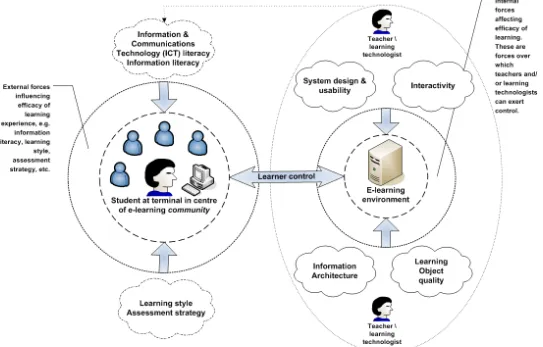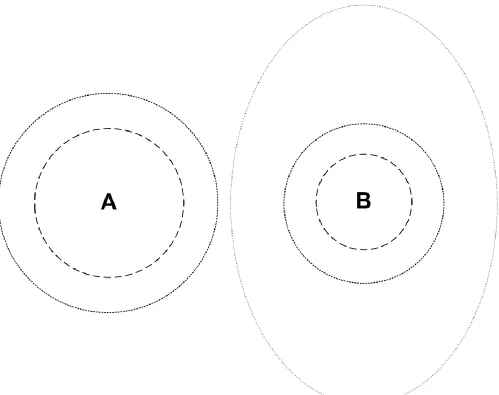Revisiting e‐learning effectiveness : proposing a conceptual model
Full text
Figure


Related documents
In case the thesis is imple- mented in an R & D project of the University of Applied Sciences, the student shall act as a real developer in the project, and the project
The purpose of this case study research is to determine what strategies African immigrant small business owners need to succeed in business beyond 5 years in western. Philadelphia,
The following table lists hard drive options for internal disk storage of x3550 M3 server... * Note: The Advanced Feature Key and Performance Accelerator Key cannot be used at the
85% of Australian chiropractic websites sampled used one or more chiropractic-specific terms, represent- ing chiropractic-specific concepts, would seem to indi- cate that a majority
and globally, remain on the negative side of the digital divide. This age-based digital divide is of concern because the internet enables users to expand their
Table 5: DinD estimates of the privatisation impact on the log hourly wage of top managers Time effect Control group Public National Foreign.. R2
Also upon recommendation of the Superintendent, the Board of Education nonrenews the supplemental contracts listed below, effective at the close of the 2015-2016
TERE 1004 Preparatory Course for Respiratory Thechnician Board Exam (2 credits) This course will prepare the student for take the Puerto Rico Respiratory Care Therapy Board